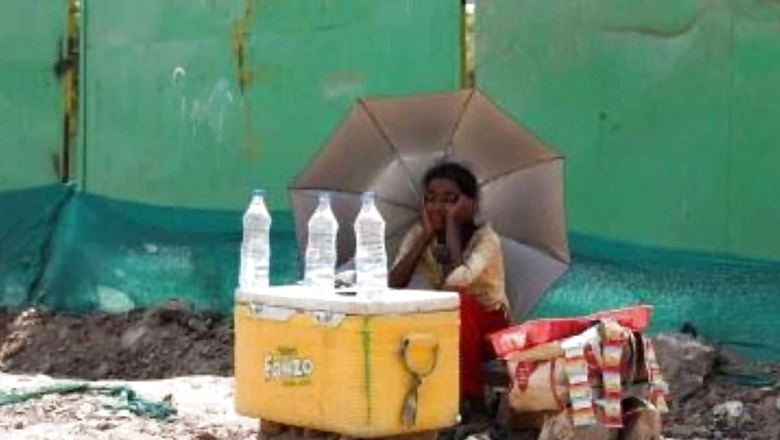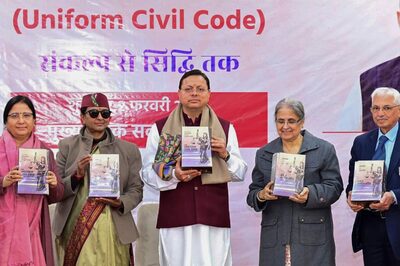
views
As India braces for a scorching summer ahead, a new assessment shows that heatwave action plans of most states are currently not equipped to prepare for the local temperature thresholds.
According to Delhi-based Centre for Policy Research (CPR) which carried out the assessment, “only 10 out of the total 37 heatwave action plans seem to have locally-specified temperature thresholds” which vary from state to state. They studied as many as 37 heat action plans of nine cities and 13 districts across 15 states to understand how the country is adapting to heatwaves.
“The plans across the country generally focus on dry extreme heat and ignore the threats posed by humid heat and warm nights. Most of them adopt national heatwave thresholds that may not be suited to the risks faced by local populations,” it stated. Furthermore, they fail to integrate climate projections into their current plans, which could help identify future planning needs but are not integrated into current plans, as per the report.
India recorded one of its hottest summers last year, with a prolonged heatwave season that impacted people across most states. This year too, the India Meteorological Department (IMD) has warned of a hotter-than-usual April and May, with an increased probability of heatwaves. Heat Action Plans (HAPs) are India’s primary policy response to these heatwaves which are not only life-threatening but economically damaging. The plans lay down various preparatory activities, disaster responses, and post-heatwave response measures to be adopted by states, districts, and cities to brace for the impact of heatwaves.
However, nearly all plans fail to identify and target vulnerable groups, as per the assessment. Only two HAPs have done vulnerability assessments to locate where the people most likely to be affected are in a city, district, or state. In fact, the list of solutions they propose does not necessarily focus on these groups, it says.
The CPR also found that most heatwave action plans are ‘underfunded’. Only three of 37 HAPs identify funding sources. Eight HAPs ask implementing departments to self-allocate resources, indicating a serious funding constraint. There is also a concern about whether these heat action plans are being updated periodically.
“India has made considerable progress by creating several dozen heat action plans in the last decade. But our assessment reveals several gaps that must be filled in future plans. If we don’t, India will suffer damaging economic losses due to decreasing labour productivity, sudden and frequent disruptions to agriculture like we saw last year, and unbearably hot cities as heatwaves become more frequent and intense,” says co-author Aditya Valiathan Pillai, Associate Fellow at CPR. “Without implementation-oriented plans, India’s poorest will continue to suffer from extreme heat, paying with both their health and incomes.”
The report recommends that HAPs identify sources of financing —either from new funds or by combining actions with existing national and state policies —and set up rigorous independent evaluations as a basis for constant improvement.
Read all the Latest India News here




















Comments
0 comment